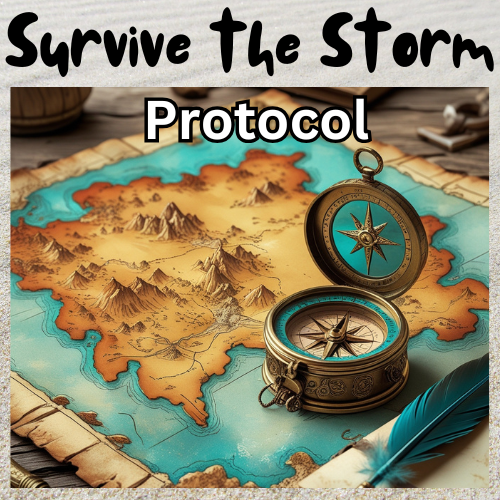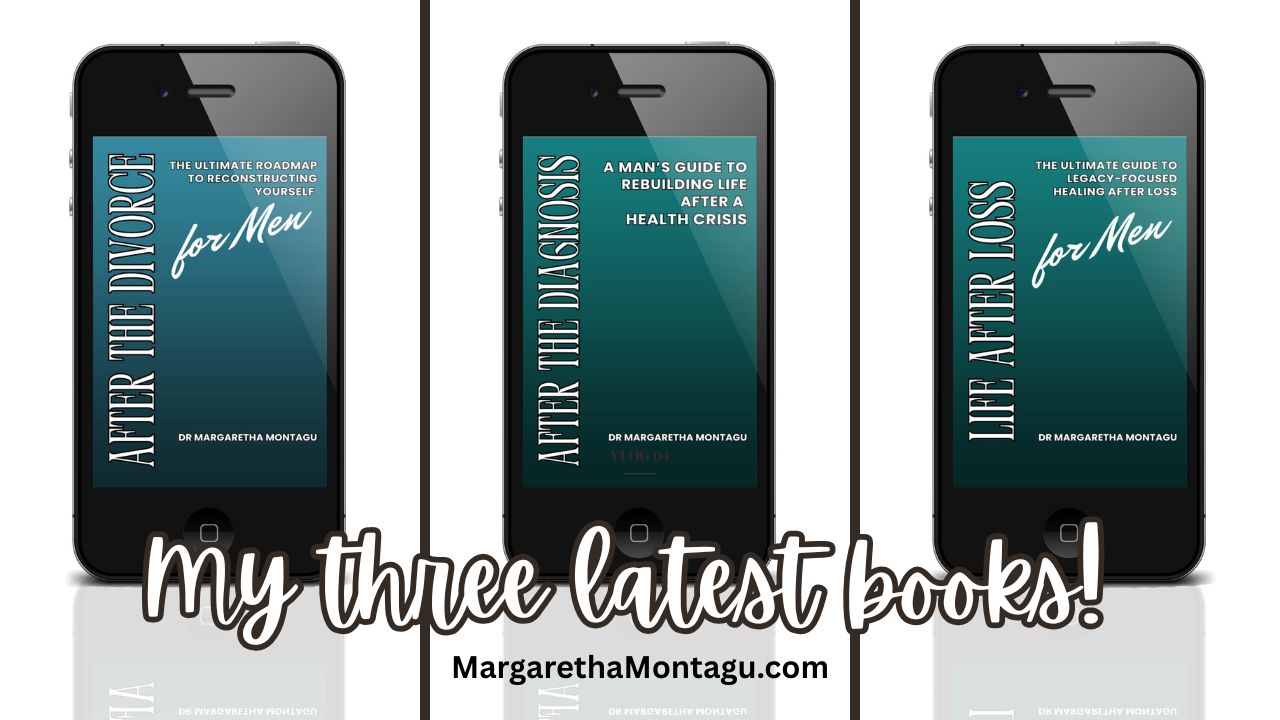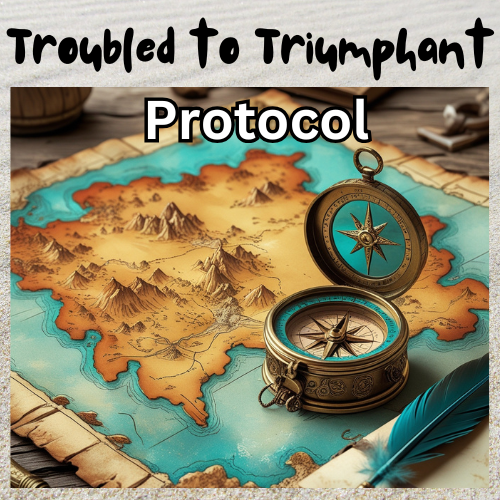“In the world of business, it’s not who you know; it’s who knows you.” – Jeffrey Gitomer
Introduction
There’s something magical about a second act—especially when the lead character already knows the ropes. You’ve been around the block (possibly a few times), navigated boardrooms and breakdowns, built a career, a reputation, and maybe even a healthy investment portfolio. And now? You’re feeling the tug. The one that whispers, “You’re not done yet. Not by a long shot.”
But here’s the great news: you’re not starting from scratch. You’re starting from experience. This isn’t a midlife crisis—it’s a strategic reinvention. A second act, not a first attempt. And that changes everything.
While the media loves to spotlight twentysomething tech bros innovating from their garages, there’s a quieter, more powerful revolution happening in corner offices, sunlit studios, and kitchen tables everywhere. It’s driven by seasoned professionals like you—people with capital, connections, and the kind of hard-won credibility that no TED Talk can manufacture.
You’ve already done the hardest part: building a network, gaining wisdom through real-world experience, and earning enough financial freedom to explore something new. Now it’s time to flip the switch from maintaining success to multiplying it—with intention, impact, and yes, a little bit of swagger.
In this article, we’re diving into how to use the assets you’ve already built—your relationships, resources, and reputation—to create exponential growth in your second act. We’ll share real-world case studies, data-backed insights, and smart strategies that show how experience isn’t a liability in the entrepreneurial world—it’s your unfair advantage.
Ready to step into the spotlight again?
Evidence-Based Exploration
Let’s bust a myth right out of the gate: entrepreneurship is not the exclusive domain of hoodie-clad twenty-year-olds pounding energy drinks in their parents’ garages. In fact, data tells a much richer story—one where age, experience, and strong networks play a starring role.
A landmark study from the National Bureau of Economic Research (Azoulay et al., 2018) found that the average age of a successful startup founder is 45, not 25. The researchers analyzed data from 2.7 million company founders and concluded that entrepreneurs aged 40 or older are 2.1 times more likely to start a high-growth firm than someone in their early 20s. Their conclusion? “The most successful entrepreneurs tend to be middle-aged, not young.”
And the proof is in the profiles:
- Reid Hoffman co-founded LinkedIn at age 35, after a successful stint at PayPal. He didn’t just build a business—he built a professional ecosystem, thanks to his deep ties in Silicon Valley.
- Vera Wang entered the fashion world at 40, after careers in figure skating and journalism. With zero formal design training, she leveraged her existing connections in media and retail to disrupt bridal fashion.
- Robert Noyce, one of the co-founders of Intel, was in his early 40s when he helped spark the microchip revolution. His secret? Years of research, collaboration, and leadership in the semiconductor industry.
What gives these second-act entrepreneurs an edge isn’t just maturity—it’s social capital. A 2020 article in the Harvard Business Review emphasized that “high-trust, high-value professional networks are the single biggest predictor of venture growth beyond seed stage.” In other words, your reputation and relationships can outpace raw ideas when it comes to building sustainable success (HBR, “Social Capital’s Role in Scaling Startups,” 2020).
And when it comes to financial firepower, experienced professionals have yet another advantage. A 2021 report by BNP Paribas Wealth Management, titled Global Entrepreneur Report, found that older entrepreneurs typically outperform their younger peers in business longevity, revenue generation, and social impact. Why? They tend to pursue value-aligned, purpose-driven businesses and employ more sophisticated investment strategies—like leveraging family offices, angel syndicates, and impact investing networks to grow ventures with meaning.
So no, your second act isn’t a concession—it’s a calculated leap backed by decades of strategy, connection, and personal evolution. The best part? You don’t need to reinvent the wheel. You just need to remember that you already own the factory, the schematics, and the roadmap to something greater.
Thought-Provoking Analysis
Let’s take a moment to appreciate a powerful truth: second-act entrepreneurs play a different game—because they can. When you’re no longer chasing validation or bootstrapping with peanut-butter-budget constraints, you’re free to approach innovation with precision, wisdom, and a much wider lens.
But stepping into this second act means adopting a different mindset—one that leans less on reinvention and more on reconfiguration. You’re not starting over; you’re recombining everything you’ve learned, earned, and built into something that transcends your past.
One of the most underrated superpowers in this phase? Strategic partnerships. Gone are the days when entrepreneurship meant doing everything yourself, fuelled by late-night pizza and caffeine-induced optimism. Now, it’s about aligning with collaborators who elevate your strengths, fill your blind spots, and expand your reach.
You already know this—after all, you’ve seen what happens when people waste time doing what they’re not good at. You’ve led teams, managed crises, and brokered deals. So why go solo now? Your second act should be a collaborative act. Think of yourself less as the lone hero and more as the director assembling a cast of A-players for a game-changing production.
And let’s not forget your brand equity. Whether you realize it or not, you’ve been building a personal brand for years—through your leadership style, your integrity, your work ethic, and the relationships you’ve nurtured. Now is the time to leverage that reputation like the strategic asset it is.
When someone Googles your name, what pops up? A trail of competence, character, and contribution? Good. That’s not just your past talking. That’s your credibility accelerating your future.
Now, let’s zoom out even further—to legacy and impact. Many second-act entrepreneurs are drawn not just to financial success but to meaningful success. Enter: impact investing. It’s not just a buzzword—it’s a booming strategy that allows high-net-worth individuals to channel their resources into ventures that deliver both returns and positive change.
In fact, a 2022 report by the Global Impact Investing Network (GIIN) estimated the impact investing market at over $1.164 trillion, growing year after year as seasoned professionals pivot toward purpose-driven ventures. This is especially relevant for second-act entrepreneurs who’ve “been there, done that” and are now asking: “What’s my legacy? What am I really building?”
This brings us to a profound shift: your second act isn’t just about creating something new—it’s about creating something that lasts. That changes the calculus. You’re not just building for today; you’re building for the ripple effect it will create tomorrow.
And the most exciting part? You’re perfectly positioned to do it.
You have the influence, the insight, and the inner compass. What you need now isn’t permission—it’s a clear vision for what this next chapter could look like when legacy becomes the driver.
So, what happens when we stop building just for profit—and start building for posterity?
That’s the true power of a second act: not just growth, but growth with gravity. In the next section, we’ll look at how to turn your influence into impact—and your capital into a catalyst for something far greater than yourself.
Actionable Strategies
Every successful professional eventually comes to a quiet reckoning: Success is sweet—but significance is sacred.
You’ve built, led, earned, and overcome. Now, you’re being called to build something that’s not just impressive, but important. Something that outlives your LinkedIn profile. Something that matters.
So how do you make that shift—from accumulation to activation, from achievement to impact?
Let’s begin with what you already have: your network. But not just your contacts list—the real relationships you’ve nurtured over the years. That investor who trusted you. That colleague who still quotes your advice. That client who became a lifelong advocate. These are your social capital reserves—and it’s time to tap into them intentionally.
Start by mapping your “relationship ecosystem.” Who are your connectors? Your truth-tellers? Your champions? Who might introduce you to your next co-founder, advisor, or investor—not because you need them, but because they believe in what you’re building? This isn’t transactional networking. This is curated collaboration.
Next, assemble what I call a Personal Board of Advisors—a dream team of diverse minds who keep you anchored, accountable, and aligned. Think of them as your inner circle for wise counsel: a mix of peers, mentors, and even younger visionaries who challenge you to see with fresh eyes. The magic lies in intention—meeting regularly, setting clear expectations, and listening with humility.
The true value of networking doesn’t come from how many people we can meet but rather how many people we can introduce to others.” – Simon Sinek
Financially, this is your moment to blend boldness with wisdom. You’re not here to gamble—you’re here to grow with purpose. That means understanding your risk appetite, building a diversified entrepreneurial portfolio, and exploring impact investing as a core strategy. Not just because it feels good, but because the data backs it: According to the Global Impact Investing Network (2023), over 88% of impact investments are meeting or exceeding expectations for both financial return and positive social/environmental outcomes.
Ask yourself: What kind of ripple do I want to create with my money? Then, fund projects, startups, or initiatives that align with your values—whether it’s regenerative agriculture, clean energy, education tech, or community-based healthcare. You don’t need to launch it yourself; you can seed others’ brilliance while leaving a legacy of meaning.
And what about the most powerful asset of all—your lived experience? This is where your entrepreneurial journey becomes truly alchemical. Take your past and transform it into frameworks, tools, and guidance others can use. Mentor younger founders. License your intellectual property. Or design a mission-driven business built around what you’ve already mastered—this is exactly what the Purpose Protocol helps you uncover: the golden thread running through your life’s work, and how to reweave it into something new.
And if you’re feeling that unmistakable pull—that now or never whisper that keeps tapping your shoulder—then it’s time to go deeper. The iNFINITE iMPACT Mentoring Protocol was designed for this exact moment. It’s a transformational container for high-achievers like you to clarify their legacy, channel their resources wisely, and design ventures that change lives. Including your own.
Because this isn’t about abandoning who you were—it’s about expanding into who you’re meant to become.
Conclusion
Your second act isn’t a sequel—it’s a renaissance.
This isn’t about reinventing yourself from scratch. It’s about enhancing everything you already are.
You’re not starting over. You’re starting with leverage. With lessons learned and scars earned. And best of all, with the freedom to build something of your own—something that aligns with your values, stretches your soul, and finally, reflects who YOU are.
Your network? Built.
Your capital? Ready.
Your wisdom? Ready and able.
So stop waiting for the stars to align.
This is your moment to stop chasing someone else’s dream—and start building your own empire. The kind of empire where meaning meets momentum, and profit meets purpose.
You’ve already achieved success. Now it’s time for significance.
“Once you realize that you have identified a passion, invest in yourself. Figure out what you need to know, what kind of experience and expertise you need to develop to do the things that you feel in your heart you will enjoy and that will sustain you both mentally and economically.” – Martha Stewart
The iNFINITE iMPACT Mentoring Protocol is here when you’re ready to answer that call and design a business—and a legacy—that’s as expansive, visionary, and powerful as you are.

Ready to start again, stronger than ever before? This quiz will help you find out. It is not just about measuring where you are right now; it’s about shining a light on the areas of your life that feel meaningful, as well as those that might need attention. It’s an opportunity to reflect, recalibrate, and take steps toward a life that’s not only successful but profoundly fulfilling. Take The Quiz
The Purpose Pursuit Protocol -a proven, structured process designed and tailor-made specifically for high-achievers who refuse to settle for surface-level success. We strip away the noise, the expectations, the external definitions of “making it,” and get to the core of what actually drives you. The work that electrifies you. The contribution that makes your life matter.

Get rid of the nagging emptiness of “Is this all there is?” and step into a life where your accomplishments feel as purposeful, meaningful and fulfilling as they are impressive. This unique mentoring program empowers you to unearth the mission that sets your soul on fire and aligns your life with what truly matters to you—beyond success metrics and societal expectations.
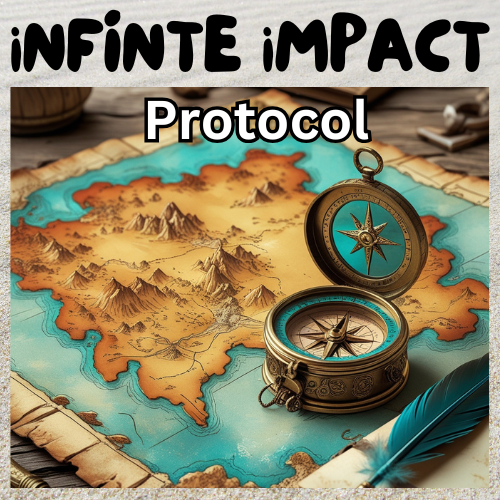
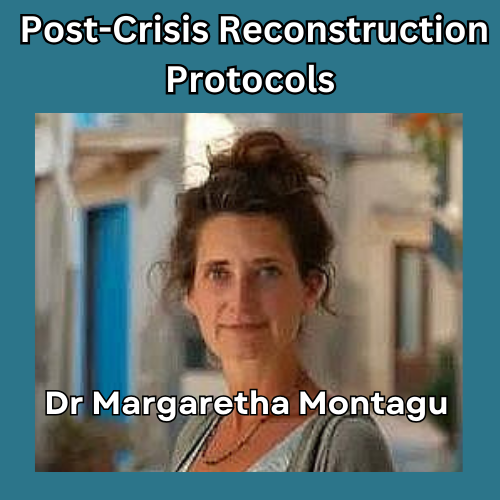
“I am an experienced medical doctor – MBChB, MRCGP, NLP master pract cert, Transformational Life Coach (dip.) Life Story Coach (cert.) Counselling (cert.) Med Hypnotherapy (dip.) and EAGALA (cert.) I may have an impressive number of letters after my name, and more than three decades of professional experience, but what qualifies me to excel at what I do is my intuitive understanding of my clients’ difficulties and my extensive personal experience of managing major life changes using strategies I developed over many years” Dr M Montagu


